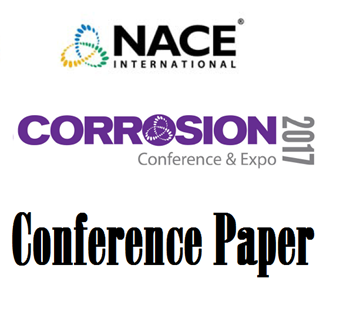Search
01119 OXIDATION OF MATERIALS FOR NUCLEAR WASTE CONTAINERS UNDER LONG TERM DISPOSAL
Also Purchased
01114 ACCELERATED TESTING FOR LIFETIME PREDICTION FOR SEALING MATERIALS IN DRILLING AND COMPLETION FLUIDS
Product Number:
51300-01114-SG
ISBN:
01114 2001 CP
$20.00
Methods of Monitoring Reinforced Concrete Corrosion in Formulations for Nuclear Facilities
Product Number:
51317--9154-SG
ISBN:
9154 2017 CP
Publication Date:
2017
$20.00
98131 A SYSTEMATIC INVESTIGATION OF IRRADIATION CORROSION OF NUCLEAR MATERIALS
Product Number:
51300-98131-SG
ISBN:
98131 1998 CP
$20.00




